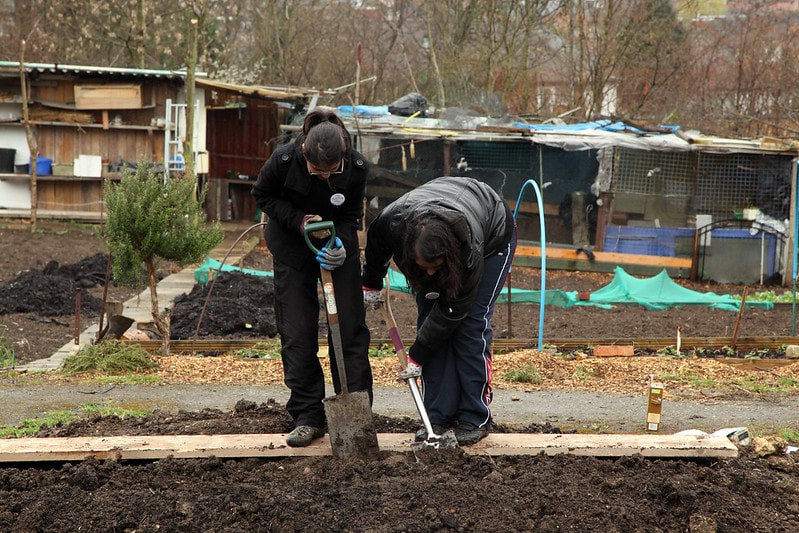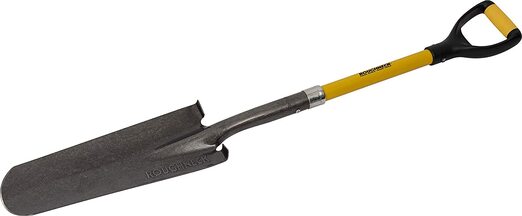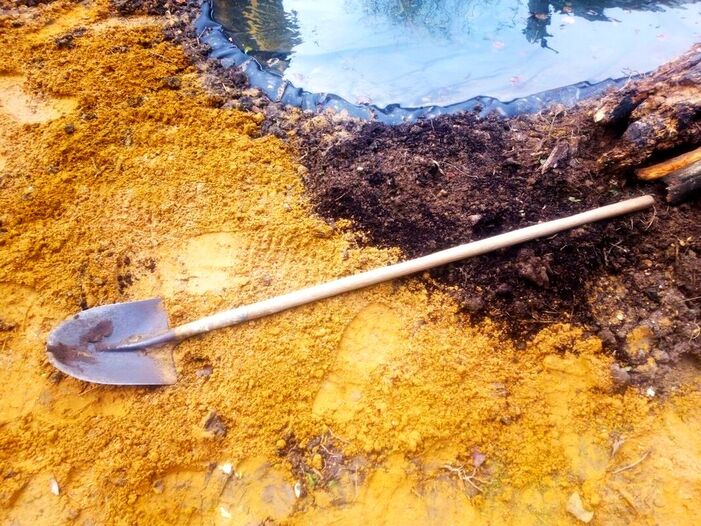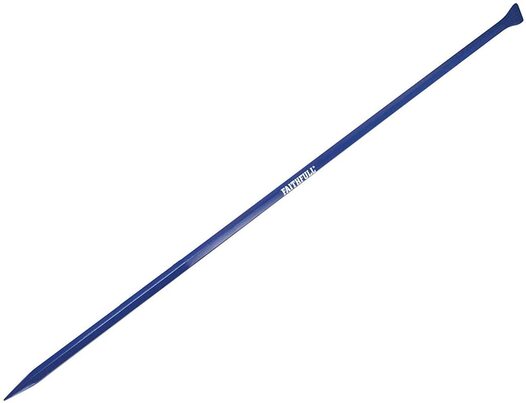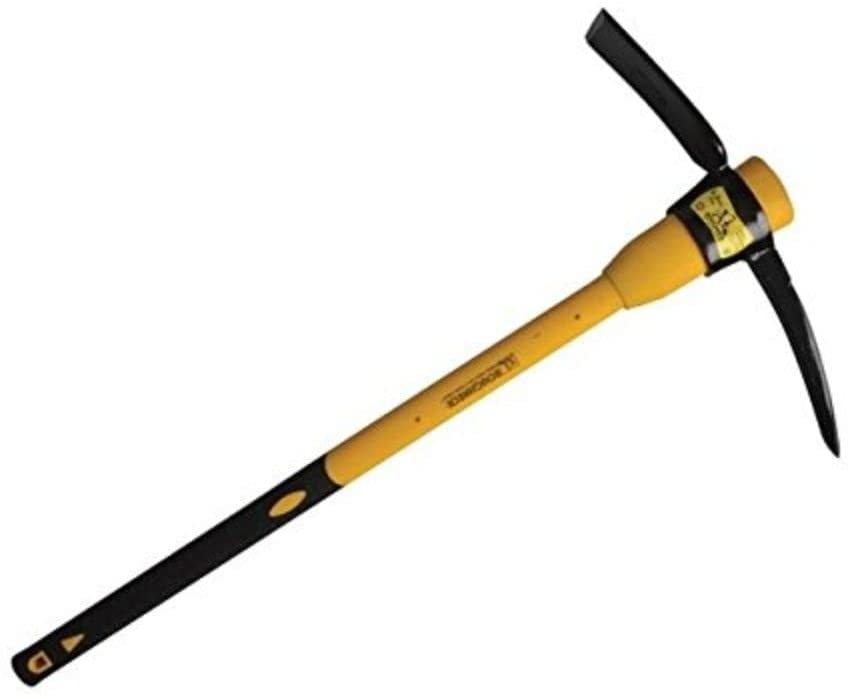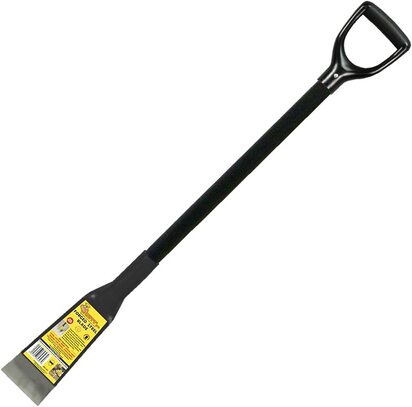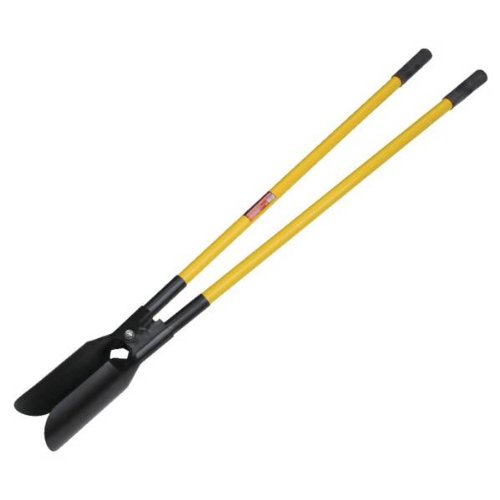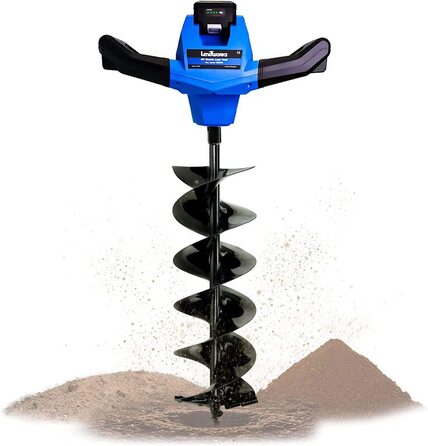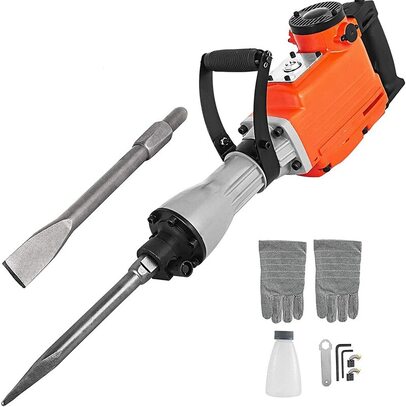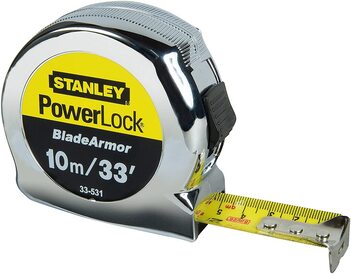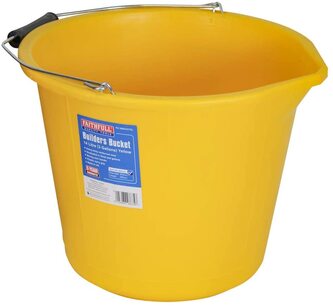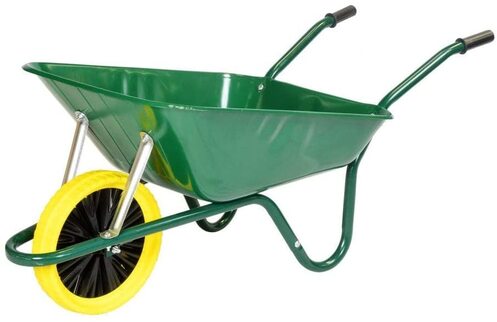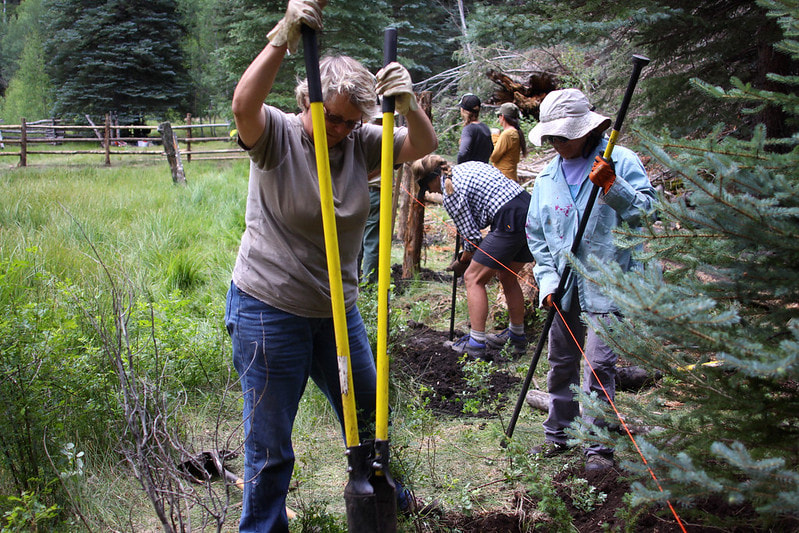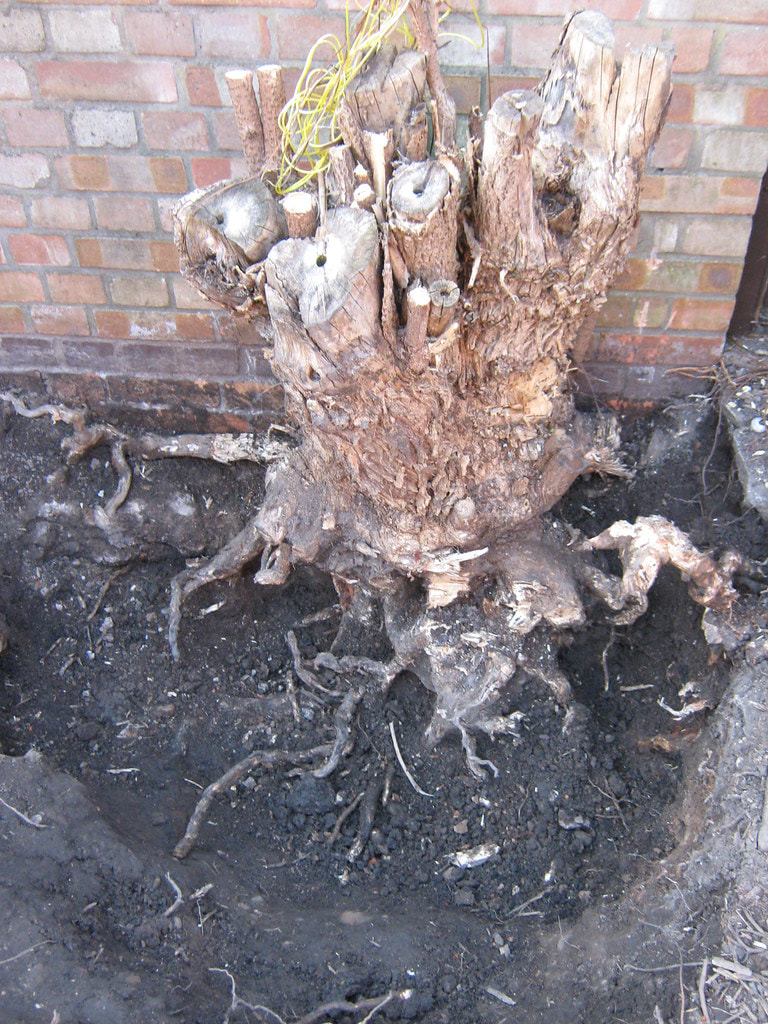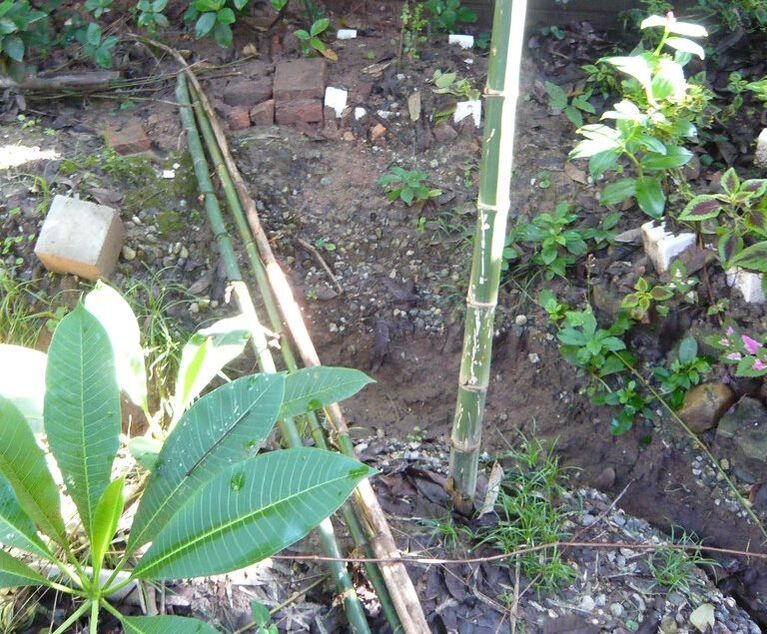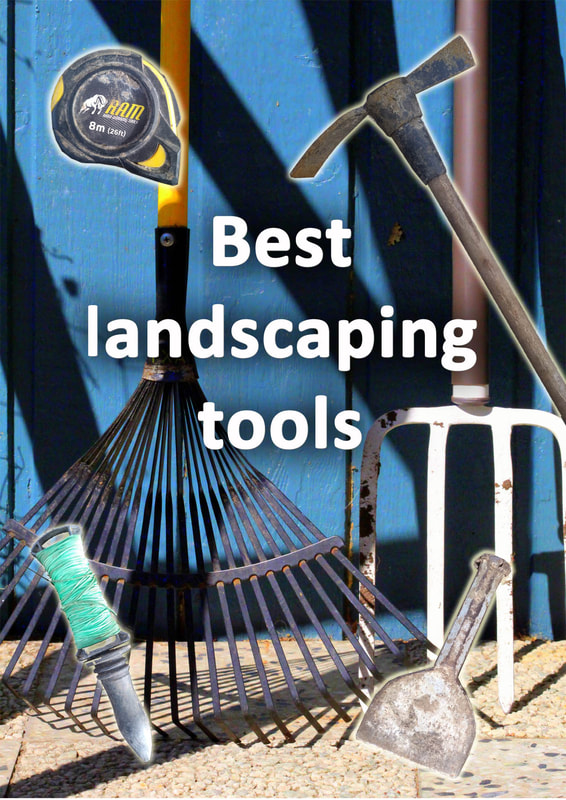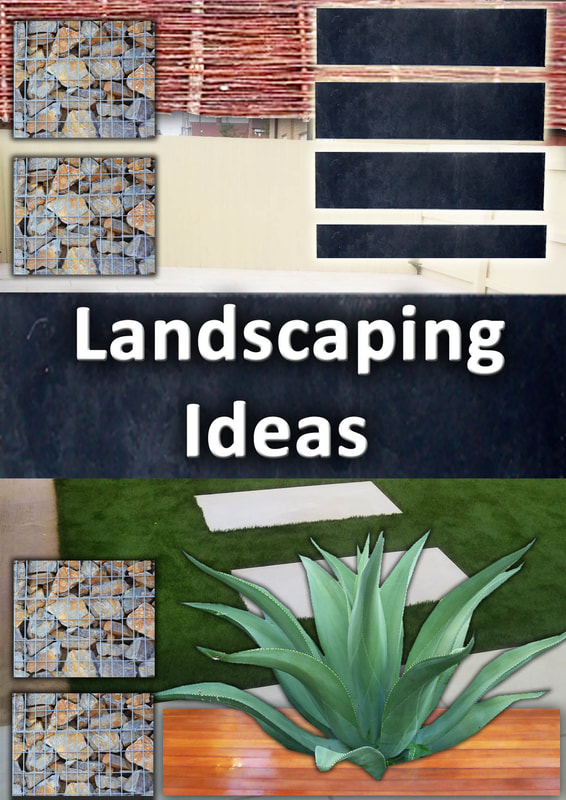|
This article contains affiliate links
Best tools for digging
Any external gardening or landscaping will always require a certain amount of digging.
Knowing what the best tools for digging are will depend on what your ground type is and what your objectives are. Typical digging projects include digging linear trenches, single post holes and breaking up hard and compacted ground. Most digging involves penetrating the first 2 foot or 600 millimetres of topsoil. Most of the time what lies just beneath the soil surface can be surprising. Tree roots, building materials, rocks and old timber are just some of the obstructions you may find when digging. Some locations will have deep, loamy and crumbly topsoil which is easy to excavate. However some regions may have extremely rocky or compacted soils which are more challenging. Most of the time whatever soil type you have, implementing the correct tools and methods will reap effective results. However this may not always be obvious to someone with little digging experience. Consequently we have listed a comprehensive list of staple digging tools and described their uses below. The top 14 tools for digging1. SpadeThe spade is probably the most common digging tool available. These consist of a square blade and a long handle. The digging blade has boot rests at the top so force can be applied to thrust the blade deeply into the ground. Utilising the handle for leverage, clods of soil can be easily dislodged and transported with ease. 2. Trenching spade
A trenching spade is essentially a spade but with a narrower and longer digging blade. This allows the user to concentrate more power on a smaller surface area. This allows for deeper and more penetrative power for tough soils and extra depth. 3. Shovel
Shovels are very similar in form to spades but designed to facilitate scooping up loose materials rather than digging. Consequently shovels have a more angled blade which is curved at the sides to retain loads. Shovels are usually utilised to scoop up loose soil when digging trenches and flat bottomed excavations. 4. Digging barDigging bars are typically made of iron and have a long, thin shaft with a sharp digging blade. These enable the holder to thrust in a spear like fashion, penetrating deeply into tough ground. Digging bars enable you to loosen tightly locked rubble by exposing soft gaps and prising them open with mechanical leverage. Digging bars with a sharp edge are also perfect for cutting through roots and splitting buried masonry. 5. GraftGrafts are very similar to digging bars in how they look and are utilised when digging. Grafts have a long pole like handle but with a small streamlined spade at the end. These are great for digging long and deep excavations like post holes for example. The small, robust blade at the end can expose small crevices with the long handle enabling extra leverage. 6. Pick axePick axes consist of a robust shaft with a strong, two pronged, metal head. The two long working heads or (picks) consist of one flat and one spike pick. Pick axes are especially effective at digging hard and compacted ground. The swinging action of the pickaxe can generate a lot of force and focus it onto a small area. 7. Mattock
Mattocks are very similar to pick axes both visually and how they are used. Mattocks on the other hand have shorter, broader and more robust heads. On one side is a vertical axe like blade which can be used to chop roots and split masonry. The other side has a broad, horizontal blade which can be used for loosening ground and levering heavy materials. 8. Demolition Scraper
Demolition scrapers are not traditional digging tools however they are ideal for cutting straight sides to trenches and chopping through roots. 9. Post hole diggers
Post hole diggers consist of two spade like tools fastened together in a scissor formation. This double handled tool is designed to probe deeply into narrow, deep holes and dig out loose soil. If the local soil is soft enough, these can be used to dig down independently. However these are usually used combined with spades, grafts, digging bars and used to remove loose soil from post excavations. 10. Augers
An Auger is effectively a large drill used to bore out holes into the ground. There are two main types; man powered and machine powered. Machine augers are typically powered by a gasoline engine. These are powerful tools and very capable of making short work of digging holes. Man powered augers are operated with a twisting action but not effective on compacted ground. 11. Hand breaker
Hand held breakers are not always thought of as a digging tool but can be invaluable! This is especially so if you encounter sections of concrete while digging. This is a common occurrence when digging holes for fence posts. It is very typical for new post positions to fall on old posts locations. This means breakers can be used to break up previous post concrete or any masonry obstacles you come across. 12. Tape measure
Tape measures are not essential digging tools but very typically needed when digging. These can be used to check depths as you dig and set out consistent depths for a patio bases and post holes. 13. Buckets
Heavy duty buckets can be used to remove spoil while digging or from deep and narrow excavations. Buckets can also be used to add water to hard ground to soften it for further ground penetration. 14. Wheelbarrow
The need for a good quality wheelbarrow when digging cannot be underestimated. Normally any excavation will require transportation of spoil. Wheelbarrows are an effective way of moving soil to a new location or to load a skip. Best tools for digging a trench
Trenches are a very typical type of digging and consist of long and thin excavations. These are well suited to drainage channels and external wall foundations. The best way to dig a trench is by slicing sections out of the ground with a spade. The soil sods can be loaded into a wheelbarrow and carted away. Usually the deeper you dig down the moister and more compact the soil structure. This can make it easy to work backwards and cut out neat blocks of soil. If however the ground is hard and stony it can be loosened with grafts bars or pick axes.
Best tools for digging post holes
Another typical excavation is the digging of deep, circular holes for the erecting of vertical posts. These can range from posts for fencing, pergolas or decking. Due to the deep and narrow nature of post holes they require very specific digging tools. Normally the first part of the hole can be dug with a spade, however as you go deeper it can become much more challenging. This is because the ground can become much harder and full of obstructions the further down you go. The loose debris also falls straight to the bottom and is difficult to collect with conventional spades. To tackle this post hole diggers can be thrust to the base of the hole to collect loose material. For hard and compacted ground grafts can be used to penetrate deeply alleviating compaction. If you encounter buried concrete or masonry an electric hand breaker can be used to break them up efficiently. If you have multiple post holes to dig with soft soil, gasoline augers can drill post holes very quickly.
Tip – If a post hole is particularity hard to dig fill it with a bucket of water and wait for the water to soak into the ground. The water helps to lubricate soil particles making it much easier to dig down further.
Best tools for digging hard ground.
There is probably nothing worse than attempting to dig very hard ground in the garden. Some of the reasons for garden soil being hard include; soil type, rocks, compaction and moisture content. Dry ground is often extremely difficult to dig and allowing water to soak through the surface can help. Often well trodden ground can form a capping layer which is difficult to pierce. Backyards also usually have buried builder’s rubble underneath the topsoil causing digging obstructions. The best tools for digging hard ground are those which utilise extra force and penetrative working parts. We have included the best tools for digging hard ground below:
Best tools for digging in clay
Clay soil is notorious for being extremely problematic to dig. In the summer it can become dry and hard like rock while in winter it can become wet and sticky. The best time to dig clay soil is in the late spring on a warm, sunny day. At this time the ground is still moist enough to dig but dry enough so it will not stick to everything. Wet clay soil also has the disadvantage of sticking to your footwear making it imposable to work effectively. When digging in wet clay have a pointing trowel to hand to scrape clay off tools. Sometimes coating spades and shovels with car wax can stop clay sticking to them. We have featured the best tools for digging in clay soil below.
Best tools for digging a patio
A very common reason for digging ground in the backyard is for patios and other hard surfacing. Digging for such projects is vital for removing the soft topsoil layer which is susceptible to movement and settlement. When excavating for a new patio usually a depth of 200mm is sufficient however it depends on your specific geology. Ideally you want to dig to a natural layer of resistance. This can be a compacted subsoil layer or a hard and dense, clay pan. The base ground under a patio should be difficult to dig and contain no loose soil. An effort should be made to dig at a consistent depth across the patio with edges dug in a neat, square fashion. Typically a spade and shovel are ideal but for harder ground grafts, digging bars, breakers, mattocks and pickaxes are also useful. A common problem when digging patios is digging too deeply. Tape can be wrapped around a spade blade at the correct depth to excavate at a correct depth consistently.
Best tools for digging up tree roots
Tree roots can be extremely troublesome for digging. Not only are they a physical obstruction for digging tools, as they grow, they compact and dry out the ground. This makes for challenging, digging conditions but can be achieved with the correct approach. Trees usually have three types of roots; tap roots, lateral, anchor roots and fine roots. Tap roots are ones which tap deep into the ground to stabilise the tree. These are rarely an issue when digging as they penetrate the ground so deeply. Lateral anchor roots are the thick roots which spread out horizontally and downward. These can obstruct digging and depending on the age of the tree can become a significant barrier. Ideally these should not be chopped out but if it is only a couple should not destabilise the tree. Roots larger than a cm in diameter can be chopped with an axe, grafts, digging bars and the axe blade of a mattock. Fine roots are the mat like roots which draw up water and are the most typically found when digging. These can be chopped out in sections with spades, grafts, digging bars and mattocks. We have included a list of the best tools for digging tree roots below.
Best method and tools for digging up Bamboo roots
Bamboos come in many beautiful varieties, shapes, colours and forms. It is no surprise that we love to grow these tropical looking specimens in our gardens. However these plants have extremely robust and domineering root systems. The roots or rhizomes have a horizontal growing habit which can form a dense, fibrous mat. Some species are more troublesome than others with some like phyllostachys actually travelling under boundaries and even through hard surfaces. Therefore it is often the case that once established many decide to remove bamboo. The problem is digging up bamboo roots can be extremely challenging. Their fibrous root systems create a tight net in the soil which can dry out the soil making it imposable to dig. Fear not as there is a way to dig out bamboo roots but it will require a specific method and digging tools. Why not read my article onhow to get rid of bamboo from your garden here.
As bamboo has a clump forming, horizontal root structure you will need to dig a trench all the way round the root mass. For large bamboos this trench really should be 600mm deep.
Do not chop the stems of the bamboo down you wish to remove, these can be used as leverage to remove the plant later. Digging the trench will allow you to severe any runners from the main plant and tear them up. When digging the trench try to excavate as much soil from under the root mass as possible. You want to create an air void around the root mass so the plants weight can be used against it.
Now string up the foliage and stems of the bamboo so it holds together in one mass. Pull and push at the plant to see how unstable it has become. Be careful, bamboo can be sharp if necessary wrap up the foliage in an old sheet or blanket.
If you can yank the plant loose perfect! Pull it away from the hole and allow it to dry out to kill it and make it lighter to dispose of. If the bamboo still doesn’t come loose, fill the perimeter trench with water and wait until the water has absorbed into the soil. This should soften the ground and enable the roots to peel away from the soil. If not continue to excavate soil from under the root mass and cut any roots attached to the plant. Keep doing this until eventually the bamboo topples over and comes loose from the soil. Bamboo roots are very tough and may need to be chopped and even sawn into sections. We have listed the best tools for digging up bamboo roots below:
Thank you for reading our article on the best tools for digging. If you found the article helpful why not consider sharing it?
If you want more landscaping resources why not visit our resource page here.
'As an Amazon affiliate I earn from qualifying purchases'
6 Comments
5/29/2023 02:33:49 am
Great Information
Reply
danyal pervaiz
9/13/2023 01:58:11 am
Dear sir.
Reply
9/19/2023 08:09:32 am
This blog provides excellent insights into the challenges of working with clay soil and highlights the indispensable role of the spade as the best tool for the job. The comprehensive explanation of why a spade is the ideal choice, along with practical digging techniques, is particularly helpful for anyone facing clay soil in their gardening or landscaping projects. I appreciate the emphasis on tool maintenance as well, underscoring the importance of keeping equipment in top shape for optimal performance. Overall, a well-written and informative guide for tackling the often-dreaded task of digging in clay. Visit. https://toolsbuyingguide.com/best-tool-for-digging-in-clay/
Reply
11/3/2023 12:27:02 am
What are some common challenges faced when digging in various types of ground, and how can the right tools help overcome them?
Reply
Leave a Reply. |
The Author
|
Landscaping services across Buckinghamshire, Amersham, Aylesbury & High Wycombe
Hyde Heath, Amersham, Buckinghamshire |
|

